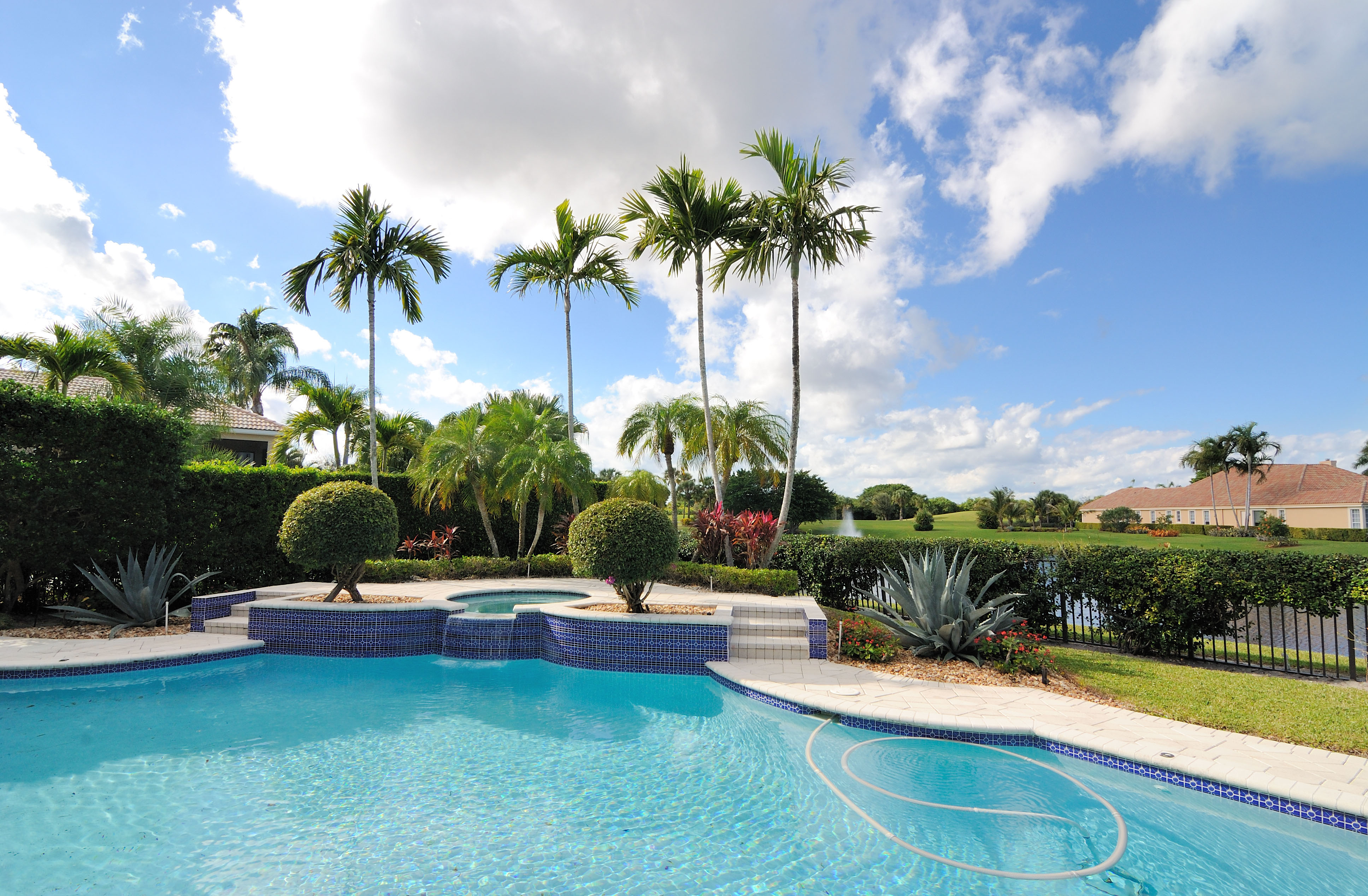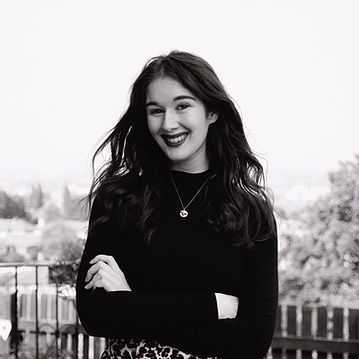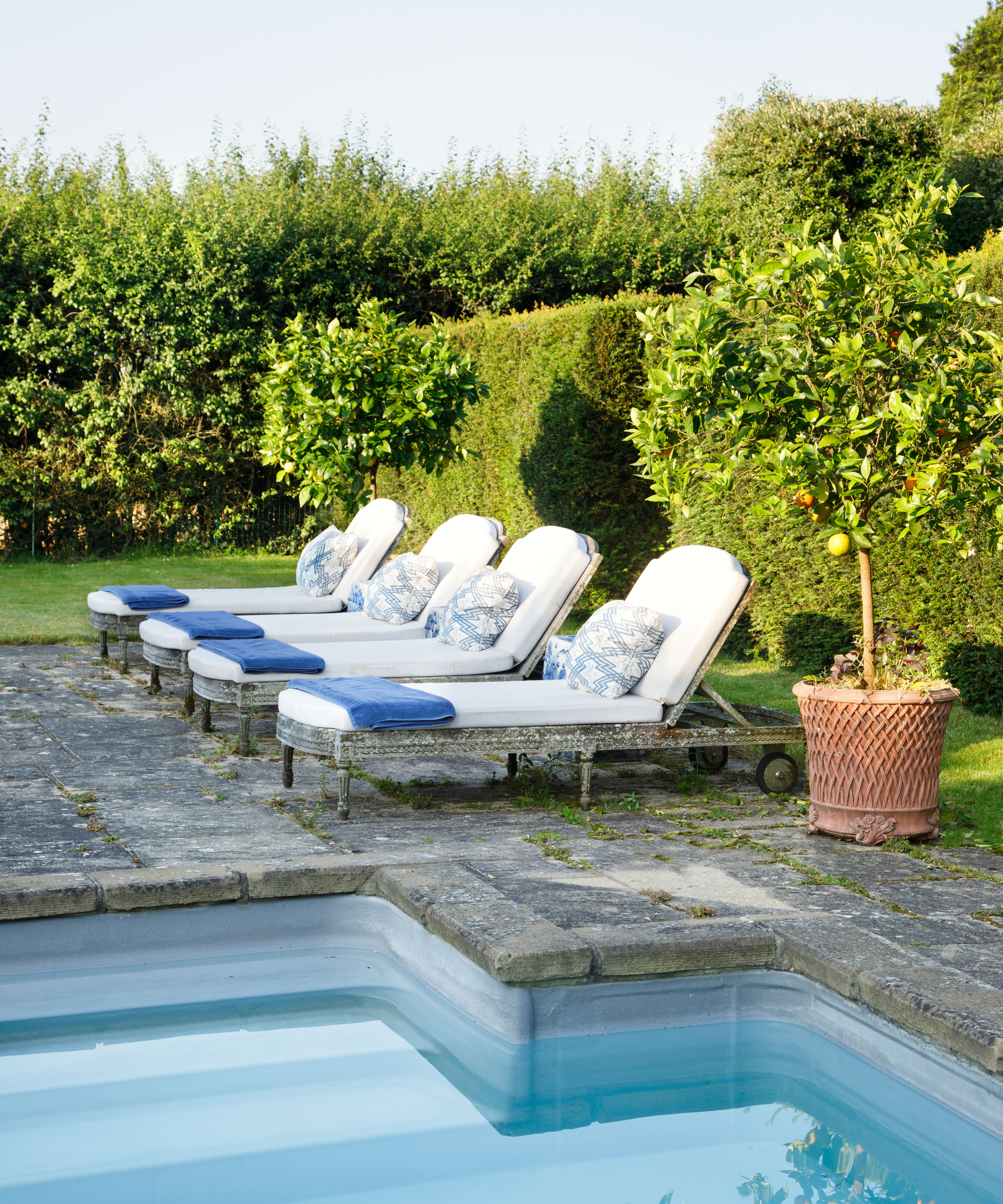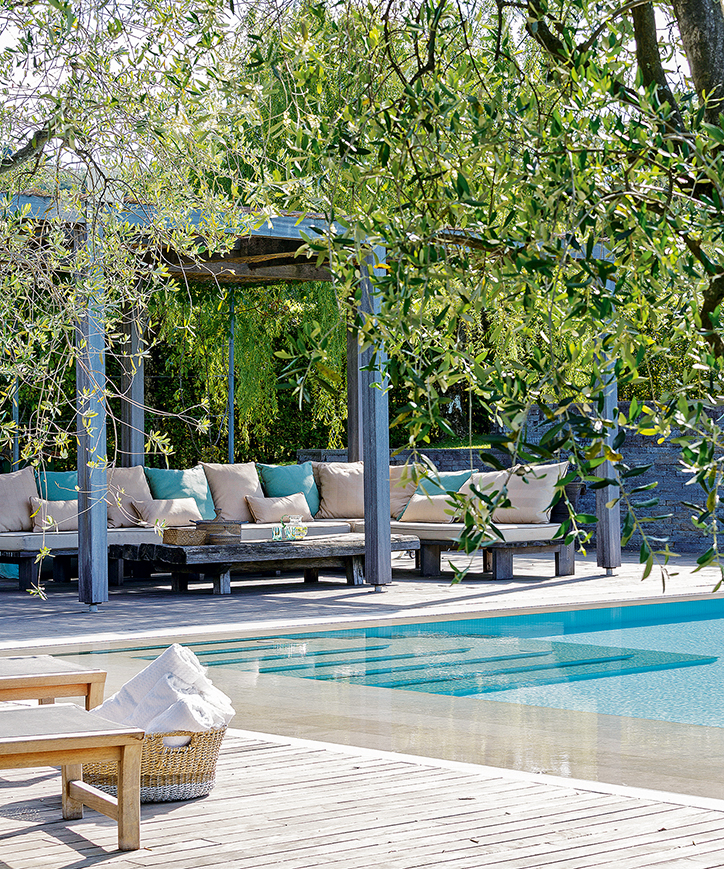How to shock a pool – 5 steps to safe, algae-free water this summer
Wondering how to shock a pool? Here's how the experts are getting ready for the sunny season ahead


The question of how to shock a pool is one that many swimming pool owners may ask themselves at this point in the year. As we sit on the fringe of the hottest months of the year, you may be wondering how to ensure your pool is clean, clear, and safe for bathing – and knowing how to shock a pool is the best way to achieve this.
This pool idea is one of the most important things you can do to get your garden ready for summer – and with the right advice, the process is refreshingly simple.
We caught up with the experts who shared the method they are using throughout the summer.
Why shock a pool?

While the term 'shocking' may make you think of a dramatic, transformative process, the activity is not as intense as you may expect. 'Shocking' is the process of adding chlorine or non-chlorine pool chemicals into your water – to raise the 'free chlorine' level. This increased level will destroy impurities such as bacteria, algae and chloramines that may make your pool unsafe.
'Many pool owners shock their pools incorrectly. To kill off stubborn algae, clear cloudy water or open a pool, shocking is usually a multi-day process rather than a one-time event,' says Adrian, an expert from My Perfect Pool. This is the method he uses.
How to shock a pool – 5 steps to success
1. Clean your pool and filter
Adrian suggests beginning by using a pool net to remove debris and brushing the walls with a pool brush. You should then use your best vacuum cleaner to remove any remaining dust or dirt that remains.
Once you have cleaned the pool, you should move on to the sand and DE filter. The expert says you should backwash them. However, for a cartridge filter, it is best to remove the cartridges and hose them off.
2. Balance the pool chemistry levels
After cleaning your pool, you should balance the pool chemistry levels. 'The ideal pH for swimming is 7.4 to 7.6,' Adrian explains. 'Chlorine will kill off bacteria and algae faster if thepH is around 7.2.' Meanwhile, your stabilizer level should be 30-50 ppm.
You can test these levels with a kit, and you may need an Alkalinity balancer and apH balancer to bring the levels to the appropriate number.

3. Choose the shock and calculate the dosage
Adrain explains that most products that are marketed as pool shock are made of calcium hypochlorite. 'It's great for most pools,' he says. However, for saltwater pools, the expert recommends liquid chlorine.
'The dosage of cal-hypois 1to 1.5 lbs per 10,000 gallons of pool water. For liquid chlorine, it's 1gallon per 10,000 gallons of water,' Adrian says. However, the exact dose depends on the product’s strength.
4. Add the shock at night
Once you know the right dosage, the expert suggests mixing the shock as per the manufacturer’s directions before pouring it around the outside of the pool.
'It's particularly important to do this at night, so the sun doesn’t burn off the chlorine,' he says. You should then run the pool pump for a few hours (to circulate the shock), then switch it off and leave the pool overnight.
Adrian explains that you may need to repeat this process another 1-3 times, especially if your pool is particularly dirty. 'This is where most pool owners go wrong – they shock only once.

5. Filter and rebalance the water
After you finish the shocking process, Adrian recommends running the filter for 24 hours or until the water is clear. You should then retest the water again to check it meets the correct balance.
'When the chlorine level is below 5 ppm, and the pH level is 7.4-7.6, you’re good to swim again,' he says.
Then when your water is safe, you can enjoy experimenting with the perfect pool landscaping ideas for your garden – so you really are garden party-ready.
Sign up to the Homes & Gardens newsletter
Design expertise in your inbox – from inspiring decorating ideas and beautiful celebrity homes to practical gardening advice and shopping round-ups.

Megan is the Head of Celebrity Style News at Homes & Gardens, where she leads the celebrity/ news team. She has a history in interior design, travel, and news journalism, having lived and worked in New York, Paris, and, currently, London. Megan has bylines in Livingetc, The Telegraph, and IRK Magazine, and has interviewed the likes of Drew Barrymore, Ayesha Curry, Michelle Keegan, and Tan France, among others. She lives in a London apartment with her antique typewriter and an eclectic espresso cup collection, and dreams of a Kelly Wearstler-designed home.
-
 Everyone is obsessed with vintage tiles right now – bring the nostalgic charm of this classic design feature into your home with our 5 design ideas
Everyone is obsessed with vintage tiles right now – bring the nostalgic charm of this classic design feature into your home with our 5 design ideasHonor the past with our favorite ways to decorate with vintage tiles, as suggested by interior design experts
By Eleanor Richardson Published
-
 'It's a fast reset button' – using the 1, 2 ,3 ,4, 5 decluttering method cleared my persistent mess in seconds
'It's a fast reset button' – using the 1, 2 ,3 ,4, 5 decluttering method cleared my persistent mess in secondsIt's easy, effective and so quick to do
By Ottilie Blackhall Published